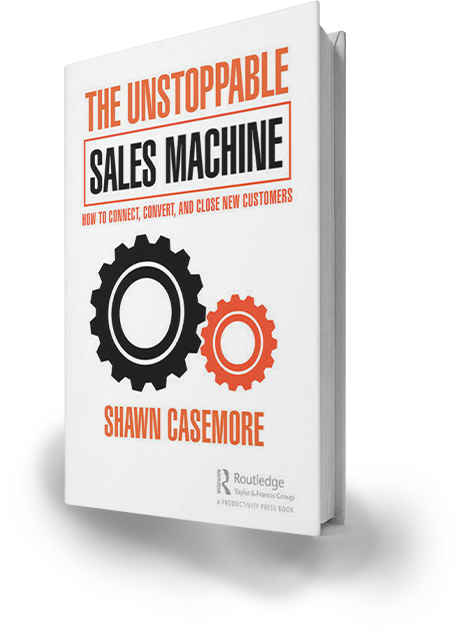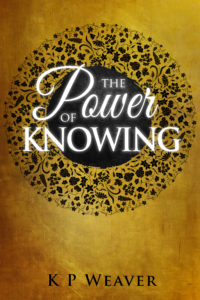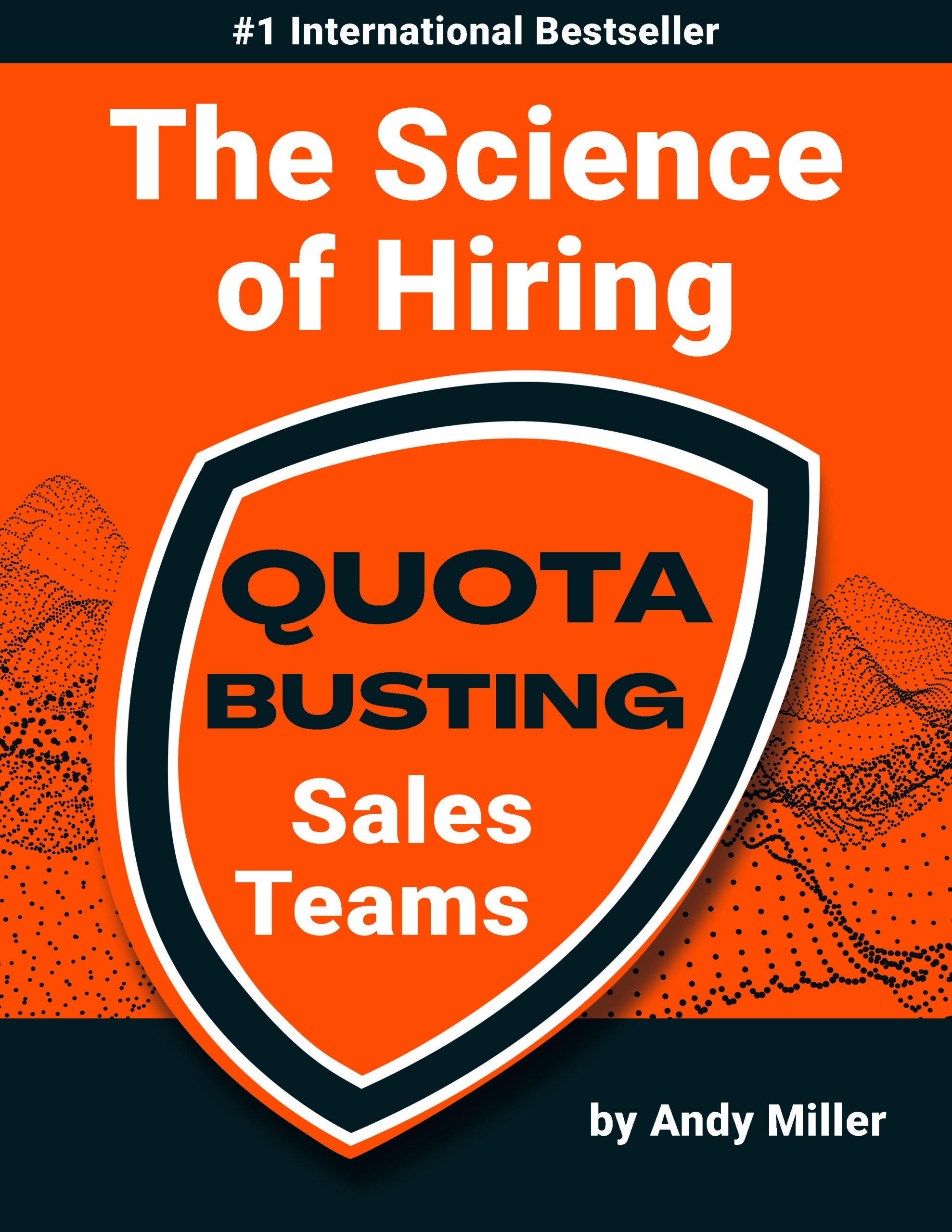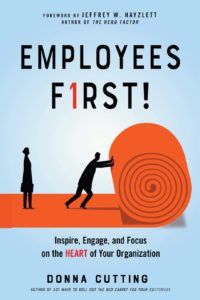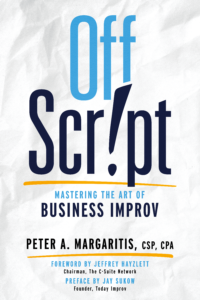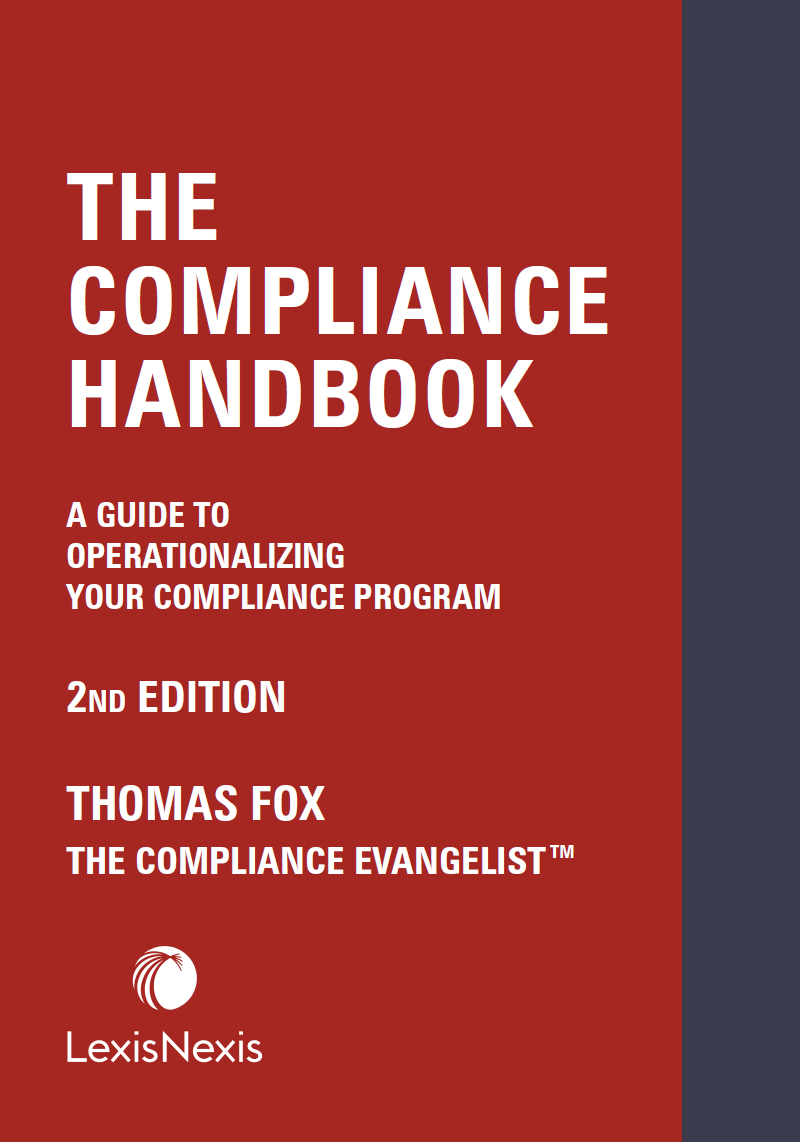Who's Your Gladys? How To Turn Even the Most Difficult Customer Into Your Biggest Fan
Marilyn Suttle
Every customer oriented business has its own Gladys; someone who demands more than most companies are able or willing to give, one who pushes front line service representatives’ buttons, one who requires a higher degree of skill to manage. One who let’s just say it can be difficult. Yet how is it that some businesses prove able not only to satisfy their ‘Gladys’, but turn her into one of their most loyal, utterly pleased customers? Filled with inspiring real-life case studies, “Who’s Your Gladys?” reveals how large and small companies from a variety of industries avoid creating difficult customers in the first place.


By Marilyn Suttle
I was asked to be on an executive panel for service and support professionals for an annual event. One of the more animated discussions focused on ways to best integrate young service staff into the workforce. Bright young workers have a lot to offer – fresh perspectives, a finger on the pulse of today’s young consumers, and total comfort using technologies that can sometimes rattle those who haven’t been using them since preschool.
Along with the positives, there are some challenges that service managers need to handle in order to fully engage their younger service team members.
I was happy to see that most of the leaders in the room were eager to compare notes and take a positive approach to mentoring their newer staff. It isn’t always easy. With multiple generations working side-by-side, internal customer service needs to be taken just as seriously as external customer service.
A few months ago, I listened as an irate employee in her fifties gave me a laundry list of complaints about a young employee who worked beside her. According to the 50-something, her younger associate suffered from the following behavior:
- -She disrespected authority
- -She questioned our policies and procedures
- -She took credit for things that the older woman had helped her to do
- -She wasn’t great at calming down angry customers
Of course, nobody wants to be disrespected, but I asked her if she’d play with me a bit. I asked her to find a positive quality in each of her negative judgments. For example:
- -“Disrespecting authority” can be seen as “preferring to be self-governing.”
- -“Questioning policies” can be seen as “being curious to learn.”
- -“Taking credit” can be seen as “wanting to be seen as accomplished.”
- -“Not great at calming angry customers” can be seen as “needing feedback to improve.”
These interpretations are not an excuse for unacceptable conduct. Instead, it helps you drop negative judgments and puts you in a more resourceful place to mentor employees. Imagine being mentored by someone who had a negative laundry list about you. Would that person become your mentor or your tormentor? Leaders who see the best in their staff, while holding clear and enforced expectations for service excellence, have the most success.
For more articles visit http://www.whosyourgladys.com/blog

Marilyn Suttle is a customer service expert, international speaker, and coach who specializes in strengthening relationships.She’s been sourced as an expert by Ladies Home Journal, Corp Magazine, Inc. Magazine, LA Times. And the Chicago Tribune & network-affiliated news programs have featured her advice on communication and leadership.





